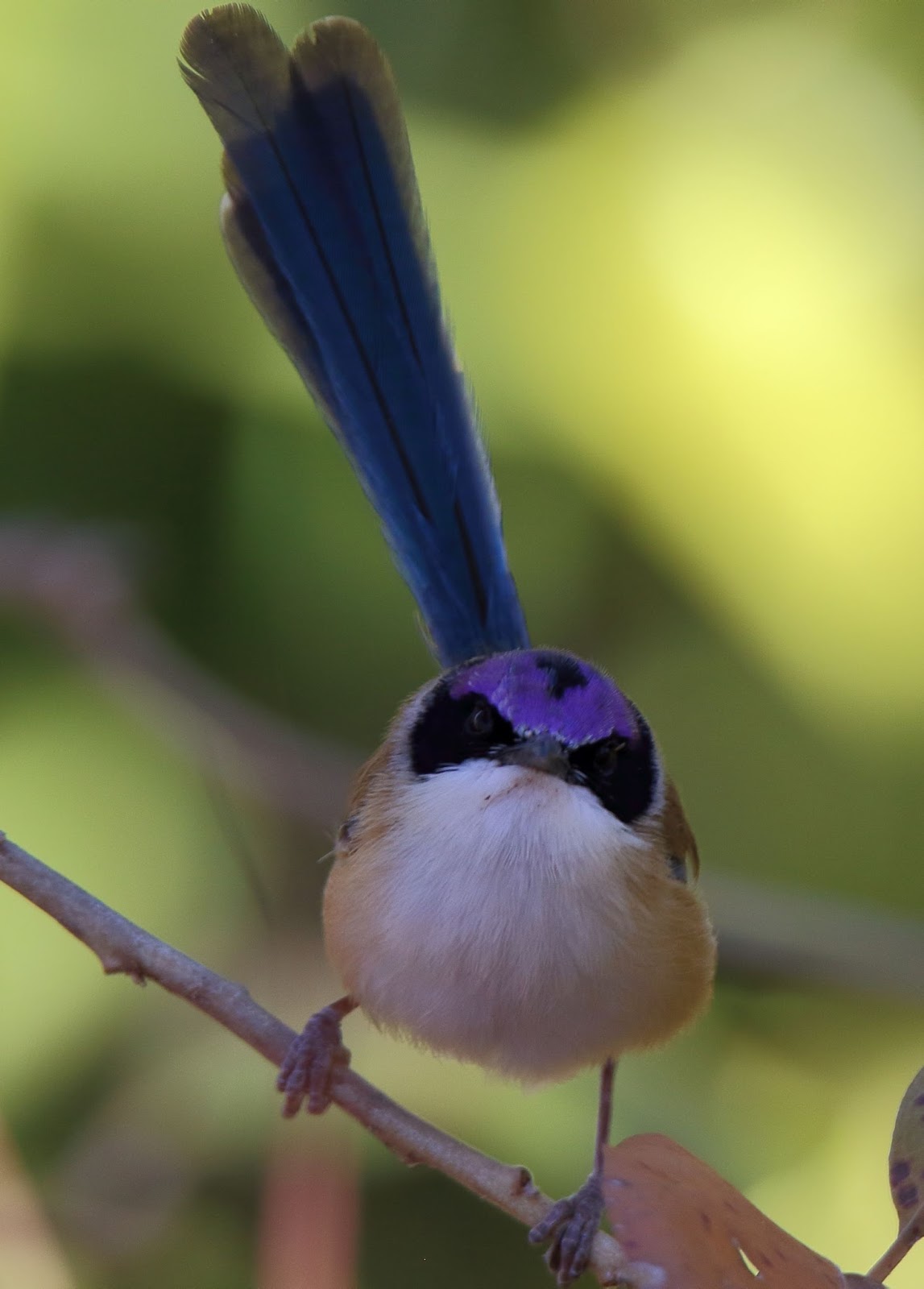

Listen here to this parrot’s rather frequent call and mellow “chu-vee” sounds, recorded at Eulo Bore. Also known as the night parrot, blue-vented parrot, sundown parrot, pink-bellied parrot, Bourke’s parakeet, Bourke or “Bourkie”, and sometimes confused with the Diamond Dove, it is the only species in its genus so unlike any other parrot. This relatively small (18-23cm long) grass parrot was named after General Sir Richard Bourke, Governor of New South Wales from 1831 to 1837. Its white patches around the eyes make it look like it has glasses on, and as usual, the boys get some blue headgear while the ladies do without! Their feathers help it blend in with the reddish soil of its home, There are four documented mutations found in captive Bourke’s parrots yellow, Isabel, fallow and pink or rosa. Who said birdlife wasn’t exciting?Ĩ0’s Retro: With its dusty pink and brown-grey plumage and yellow bill, this little guy would have been an interior designer’s dream accessory in the 1980s. Their loud calls -“cheepa-cheepa-cheepa”, a quieter “chet”, and a harsh “zit”- resonate in their north-western Queensland habitat of Boodjamulla. Once paired up, they love to sing duets to keep others out of their love-nests. The ladies have a blue-tinged grey crown, chestnut ear-coverts, and greenish blue tail and they are on the lookout for the lad with the most fabulous headgear of the season. Add a black “beauty spot” on top of his fabulous crown, a very sexy, black “Zorro” mask to add intrigue and he’s armed and he’s got the look the ladies love! After all, once mating season is over, he’s back to being his grey-brown headgear with just a little black spot on his cheeks. Or perhaps the avian “Priscilla of the Desert”? These glamorous little birds are one of our favourites – such delicate bodies and a spring in their step with a precocious upright tail.ĭressing for Success! When setting out to find a mate, the boys do a little “colour-change” on their head plumage, and change from their normally grey-brown feathers to a spectacular bright purple. Turn up the sound and get chirpy with it!

We even managed to find some sound-bytes of some of their lovely calls. We’d like to introduce you to eight of our beautiful and sometimes rare outback avians – they make their home in places where you wouldn’t think to find such delicate beauty and colour.

Did you know that the Cunnumulla region alone is home to 57 varieties and over 201 species of Australian native birds, including one of the rarest birds in Australia, the Grey Falcon! And of course, where there’s flowers, plants, insects, snakes or small marsupials, you will find birds. Shimmering grasses, immense deltas flowing with fresh water, high rocky crests, unique desert fauna and flora. The great Queensland Outback is one of the most “alive” places you could visit on the planet. We love to dispel all sorts of myths and misconceptions about the outback and the lack of birdlife is one of them! When thinking “outback” you could be forgiven for not imagining much else but vast stretches of ‘nothingness’, red dirt and sheep or cattle.


 0 kommentar(er)
0 kommentar(er)
